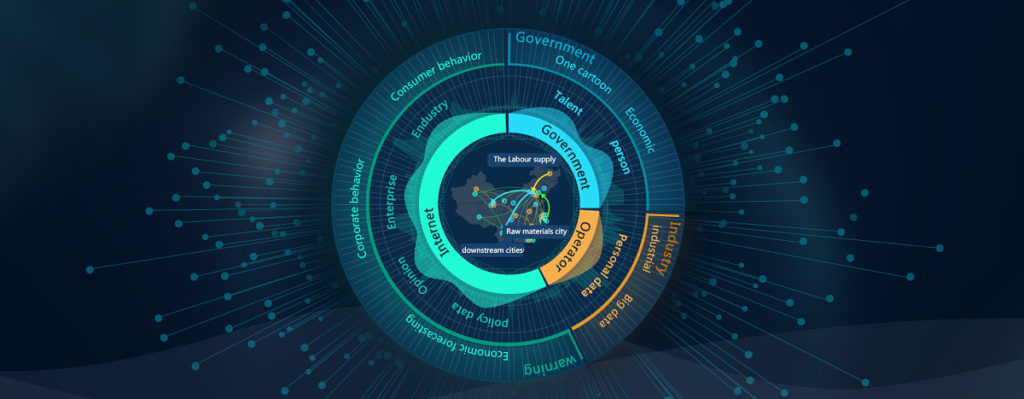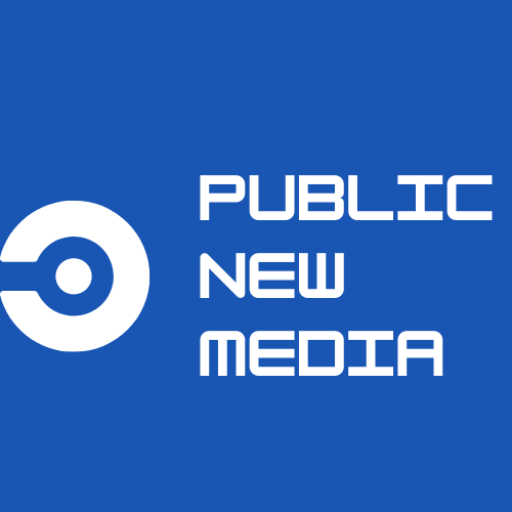
Introduction
Data is essential to decision-making, and the ability to understand data is critical to making sound decisions. Data visualization is a powerful tool that allows organizations to communicate complex information in a way that is easy to understand. Data visualization can help organizations communicate their message more effectively, leading to better decision-making and ultimately public benefit. In this blog post, we will discuss the power of data visualization in communicating complex information and public benefit.
Communicating Complex Information
Data visualization is a critical tool that can help organizations communicate complex information. When data is presented in a visual format, it is easier to understand and interpret. This can help organizations communicate their message more effectively, leading to better decision-making. For example, a graph can help to illustrate a trend over time, making it easier to identify patterns and draw conclusions.
Data visualization can not only help organizations communicate complex information but also help protect the public. By presenting data in a visual format, organizations can highlight potential risks, such as health and safety hazards. This can be particularly useful for government agencies responsible for protecting the public, such as the Environmental Protection Agency or the Food and Drug Administration. By using data visualization to communicate the risks associated with certain products or activities, these agencies can help to ensure that the public is informed and protected.
Data visualization can also be used to promote transparency and accountability. By presenting data in a visual format, organizations can make it easier for the public to understand the impact of their decisions. This can help to build trust and confidence in institutions, particularly those responsible for making decisions that affect the public.
In conclusion, data visualization is an essential tool for communicating complex information and promoting public benefit while protecting the public. By presenting data in a visual format, organizations can communicate their message more effectively, build support for their mission, and ensure that everyone has access to important information.
Public Benefit
Data visualization can also help organizations communicate the public benefit of their work. By presenting data in a visual format, organizations can show the impact of their work on society. This can be particularly useful for non-profits and other organizations that rely on public support. By showing the impact of their work, these organizations can build support for their mission and attract new donors.
Data visualization can be a valuable tool for demonstrating the impact of an organization’s work on the public. By presenting data in a visual format, organizations can show how their work is making a difference in people’s lives. For example, a non-profit organization working to combat homelessness could use data visualization to show how their programs have helped to reduce the number of people living on the streets. By presenting this information in a visual format, the organization can effectively communicate the impact of their work to potential donors and supporters.
In addition to demonstrating the impact of an organization’s work, data visualization can also be used to identify areas where improvements can be made. By analyzing data and presenting it in a visual format, organizations can identify patterns and trends that may be contributing to a particular problem. For example, a government agency responsible for public safety could use data visualization to identify areas where accidents are more likely to occur. This information could then be used to develop targeted interventions to reduce the risk of accidents and improve public safety.
Finally, data visualization can be an important tool for promoting social justice and equity. By presenting data on issues such as income inequality or racial disparities in a visual format, organizations can raise awareness of these issues and promote greater understanding and empathy. This can ultimately lead to changes in policy and greater social justice.
In conclusion, data visualization is a powerful tool that can be used to promote public benefit in a variety of ways. Whether it is demonstrating the impact of an organization’s work, identifying areas for improvement, or promoting social justice, data visualization can be an effective way to communicate complex information and engage the public. As such, it is an essential tool for organizations working to make a positive impact on society.
Making Data Accessible
Data visualization can also help make data more accessible to a wider audience. When data is presented in a visual format, it can be easier for people with visual disabilities to understand. Additionally, data visualization can help to break down language barriers by presenting data in a format that is universally understood. This can help to ensure that everyone has access to important information, regardless of their background or abilities.
Data visualization can also help to make data more accessible for people with cognitive disabilities. By presenting data in a visual format, it can be easier for people who may have difficulty reading or processing text-based information to understand. For example, people with dyslexia may find it easier to understand information presented in a visual format. Additionally, data visualization can help to make data more accessible for people with language barriers. By presenting data in a format that is universally understood, it can be easier for people who speak different languages to access and understand important information.
Furthermore, data visualization can help to make data more accessible for people with hearing impairments. By using visual representations of data, organizations can ensure that people who may have difficulty hearing spoken information can still access and understand important data. This can be particularly important when communicating information about emergency situations or important public health information.
Data visualization is not only a powerful tool for communicating complex information and promoting public benefit, but it can also help to make data more accessible for a wider audience, including people with cognitive and hearing impairments, as well as those with language barriers. By using data visualization, organizations can ensure that everyone has access to important information, regardless of their individual abilities or background.
Conclusion
Data visualization is a powerful tool that can help organizations communicate complex information and public benefit. By presenting data in a visual format, organizations can communicate their message more effectively, leading to better decision-making and ultimately public benefit. Whether it is a non-profit organization trying to build support for their mission or a government agency trying to communicate important information to the public, data visualization can be a critical tool for success.
